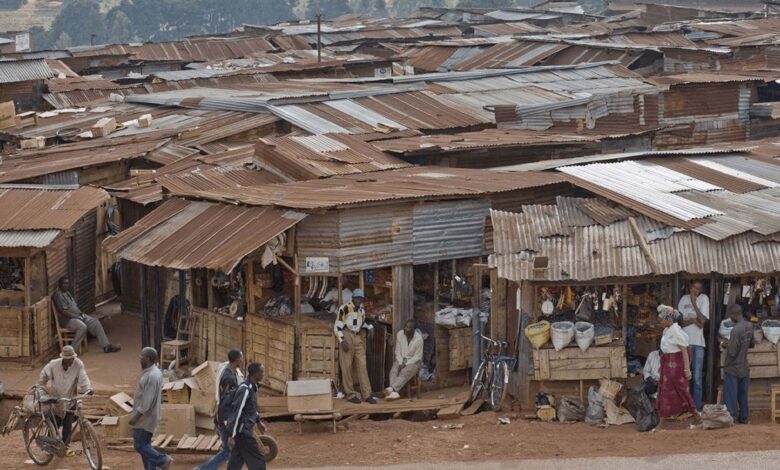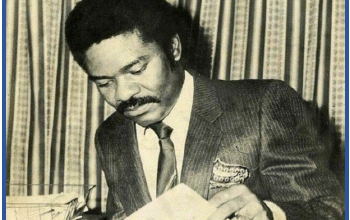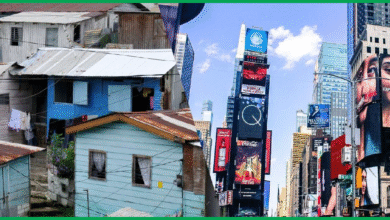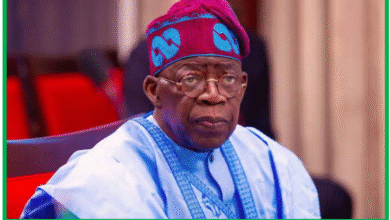THE WORLD’S POOREST COUNTRIES SUFFER FROM CIVIL WARS, ETHNIC AND SECTARIAN STRIFE. COVID-19, SOARING INFLATION AND THE WAR IN UKRAINE MADE BAD SITUATIONS WORSE

The world’s poorest countries suffer from civil wars, ethnic and sectarian strife. COVID-19, soaring inflation and the war in Ukraine made their bad situations worse.
The world has enough wealth and resources to ensure that the entire human race enjoys a decent standard of living. Yet, people in countries like Burundi, South Sudan and the Central African Republic continue to live in desperate poverty. For other likely contenders for the undesirable title of the world’s poorest country Afghanistan, Syria and Eritrea years of political instability and conflict make it impossible to even attempt an assessment due to the lack of reliable economic figures.
So how do we determine the poorest countries in the world? While GDP per capita is often considered the standard metric, compensating for differences in living costs and rates of inflation by using Purchasing Power Parity (PPP) can better assess an individual’s buying power in any given country.
It is hard to pinpoint a single cause for long-term poverty. Corrupt governments can make a very rich nation into a poor one. And so can a history of exploitative colonization, weak rule of law, war and social unrest, severe climate conditions or hostile, aggressive neighbors. Weaknesses compound: A country in debt will not be able to afford good schools, and a poorly educated workforce will limit capacity.
Underprivileged households worldwide suffered the severest social and economic consequences of the coronavirus pandemic. In the world’s poorest nations, where high levels of informal employment are also prevalent, there were no social safety nets or temporary loans to keep businesses open and workers employed. The World Bank has forecasted that in low and middle-income countries, the current generation of students could lose up to 10% of their future average annual income.
Before Covid-19, the fraction of the world’s population living in extreme poverty meaning on less than $1.90 a day had fallen below 10% from more than 35% in 1990. The pandemic not only halted but reversed that progress: since the onset of the health emergency to the end of 2022, when in response to the rising cost of living the International Poverty Line (IPL) was also revised to $2.15, the World Bank estimated that an additional 198 million people were likely to have entered the ranks of the extremely poor. More recently, the institution has also stated that half of the world’s 75 most vulnerable countries are facing a widening income gap with the wealthiest economies for the first time in this century. Over the past two decades, it was widely believed that as a result of lower-income nations generally improving their living standards faster than mature economies, the progressive economic convergence of richer and poorer countries would ultimately take place. Yet, one out of three in this particularly vulnerable group of 75 nations home to a quarter of humanity, 1.9 billion people, today is poorer than it was on the eve of the Covid-19 pandemic.
The numbers are striking: in the 10 richest countries in the world the average yearly per-capita purchasing power it is over $110,000, in the 10 poorest is less than $1,500. The worst part is that poverty is often likely to foster more poverty. In the latest edition of the World Economic Outlook report, the International Monetary Fund (IMF) explains how impoverished nations could slide further into hardship: “The growth decline implies worsening prospects or living standards and global poverty reduction. An entrenched low-growth environment, coupled with high interest rates, would threaten debt sustainability and could fuel social tension and hinder the green transition. Furthermore, expectation of weaker growth may deter investment in capital and technologies and so, in part, become self-fulfilling.




